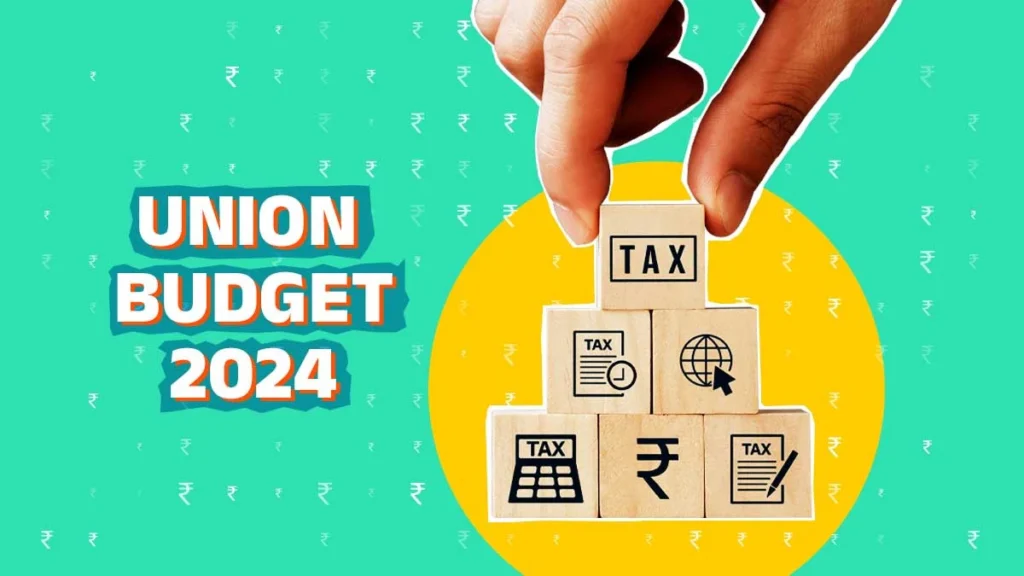Cultural Immersion: The Best Way to Learn Spanish at Institutes in Delhi
Cultural Immersion: The Best Way to Learn Spanish at Institutes in Delhi Introduction Learning a new language can be a daunting task, especially one as rich and diverse as Spanish. While traditional classroom settings have their merits, cultural immersion stands out as one of the most effective ways to learn Spanish. This method allows students to engage with the language in real-life contexts, making the learning process both enjoyable and impactful. In this blog, we will explore the concept of cultural immersion, its benefits, and how you can take advantage of such opportunities at Institutes in Delhi. What is Cultural Immersion? Cultural immersion involves surrounding oneself with the culture associated with a language while learning it. This can include: Living with native speakers: Staying with a host family or participating in homestays. Participating in local events: Engaging in festivals, markets, and community activities. Exploring local cuisine: Learning about food traditions and cooking local dishes. Attending cultural workshops: Participating in art, music, or dance classes that reflect the culture. By immersing yourself in these experiences, you not only learn the language but also understand the cultural nuances that shape communication. Benefits of Cultural Immersion Cultural immersion offers numerous advantages for language learners: Enhanced Language Skills: Being surrounded by native speakers helps improve pronunciation, vocabulary, and fluency. Cultural Understanding: You gain insights into social norms, traditions, and values that influence language use. Increased Motivation: Engaging with the culture makes learning more exciting and relevant. Practical Application: You get to practice Spanish in real-world situations, which reinforces learning. Networking Opportunities: Meeting locals and other learners can lead to lasting friendships and professional connections. Table of Benefits of Cultural Immersion Benefit Description Enhanced Language Skills Improves pronunciation and fluency through daily conversations. Cultural Understanding Provides insights into social norms and traditions influencing language use. Increased Motivation Makes learning more engaging through exciting cultural experiences. Practical Application Reinforces learning by practicing Spanish in real-world situations. Networking Opportunities Builds connections with locals and fellow learners for future interactions. How to Experience Cultural Immersion If you are eager to dive into cultural immersion for learning Spanish, here are some effective methods: 1. Enroll in an Immersive Program Many language institutes offer specialized programs that focus on cultural immersion. At Institutes in Delhi, you can find courses designed specifically for this purpose. These programs often include: Intensive language classes Cultural workshops (cooking, dance, art) Excursions to local attractions Interaction with native speakers 2. Participate in Local Events Engaging with local communities through festivals or cultural events can provide hands-on experience with the language. Look for opportunities such as: Hispanic festivals Language exchange meetups Cooking classes featuring traditional dishes 3. Travel to a Spanish-Speaking Country If possible, traveling to a country where Spanish is spoken can significantly enhance your learning experience. Consider options like: Studying abroad programs Volunteer opportunities Short-term homestays 4. Use Online Resources With advancements in technology, many online platforms offer virtual cultural immersion experiences. Participate in: Online cooking classes Virtual tours of Spanish-speaking countries Language exchange platforms connecting you with native speakers Why Choose Institutes in Delhi? Institutes in Delhi specialize in providing comprehensive Spanish courses that incorporate cultural immersion elements. Here’s what they offer: Experienced Instructors: Native speakers who bring authentic cultural insights into the classroom. Tailored Programs: Courses designed to meet individual needs and proficiency levels. Cultural Activities: Regular events that allow students to practice their skills outside the classroom. For more information about their offerings and how you can benefit from cultural immersion while learning Spanish, visit Institutes in Delhi. Conclusion Cultural immersion is undoubtedly one of the best ways to learn Spanish effectively. By engaging with the language and culture simultaneously, you create a rich tapestry of experiences that enhance your understanding and appreciation of both the language and its speakers. Whether you choose to enroll at an institute or seek out local opportunities, embracing cultural immersion will undoubtedly accelerate your journey toward fluency. For those interested in taking their Spanish learning to the next level through cultural immersion, consider exploring the programs available at Institutes in Delhi. Their commitment to providing immersive experiences makes them an excellent choice for anyone looking to master Spanish while enjoying the vibrant culture associated with it. This blog provides a comprehensive overview of cultural immersion as a method for learning Spanish while highlighting specific offerings from Institutes in Delhi to encourage readers to engage further with their services. More than 2 results are available in the PRO version (This notice is only visible to admin users) Latest Articles Language CoursesLearning Tips Cultural Immersion: The Best Way to Learn Spanish at Institutes in Delhi November 11, 2024 / Institutes In Delhi Competitive ExamsUPSC UPSC Assistant Programmer in CBI Online Form 2024: Complete Guide November 11, 2024 / Institutes In Delhi Competitive Exams Northeast Frontier Railway NFR Guwahati: Apply Online for 5647 Trade Apprentice Posts in 2024 November 8, 2024 / Institutes In Delhi Language Courses Why Learning French is Your Gateway to Culture, Travel, and Career Opportunities November 6, 2024 / Institutes In Delhi Language Courses Master Italian: Top Reasons to Learn, Essential Phrases for Beginners, and Expert Tips for Fluency November 4, 2024 / Institutes In Delhi Related Articles Competitive ExamsCurrent AffairsJobs Railway NTPC 10+2 Under Graduate Level Post Recruitment 2024: A Comprehensive Guide September 26, 2024 / Institutes In Delhi JobsSSC & CGL High Court of Punjab and Haryana Peon Recruitment 2024 September 7, 2024 / Institutes In Delhi



